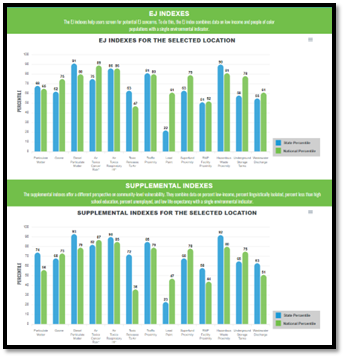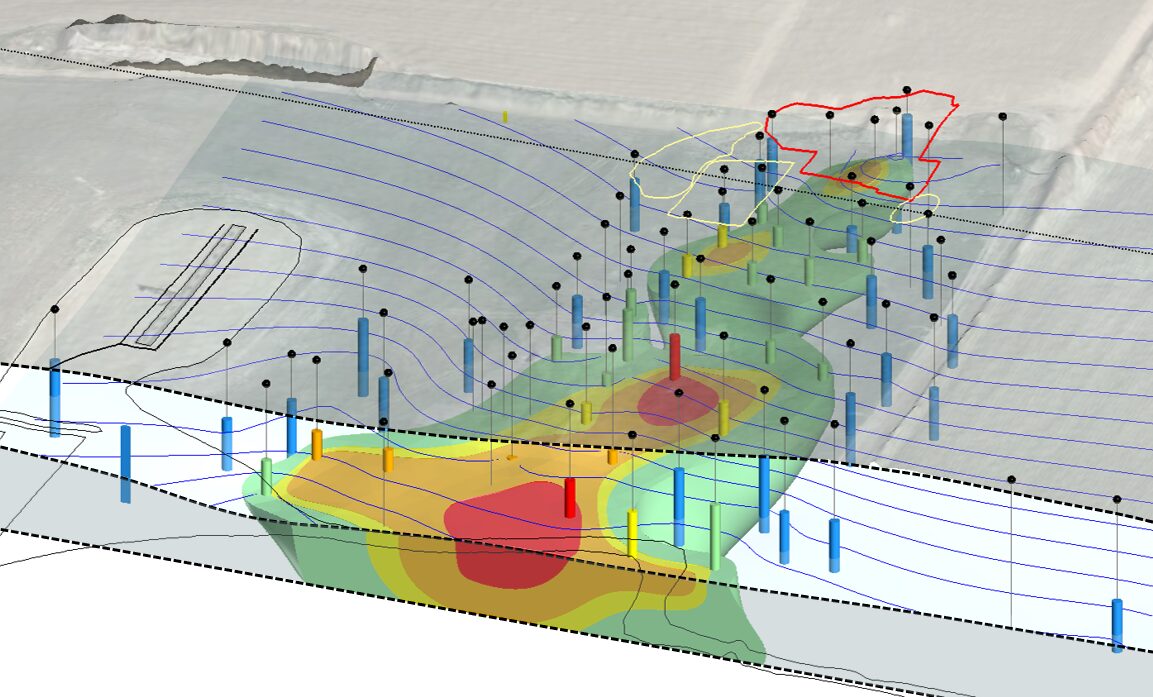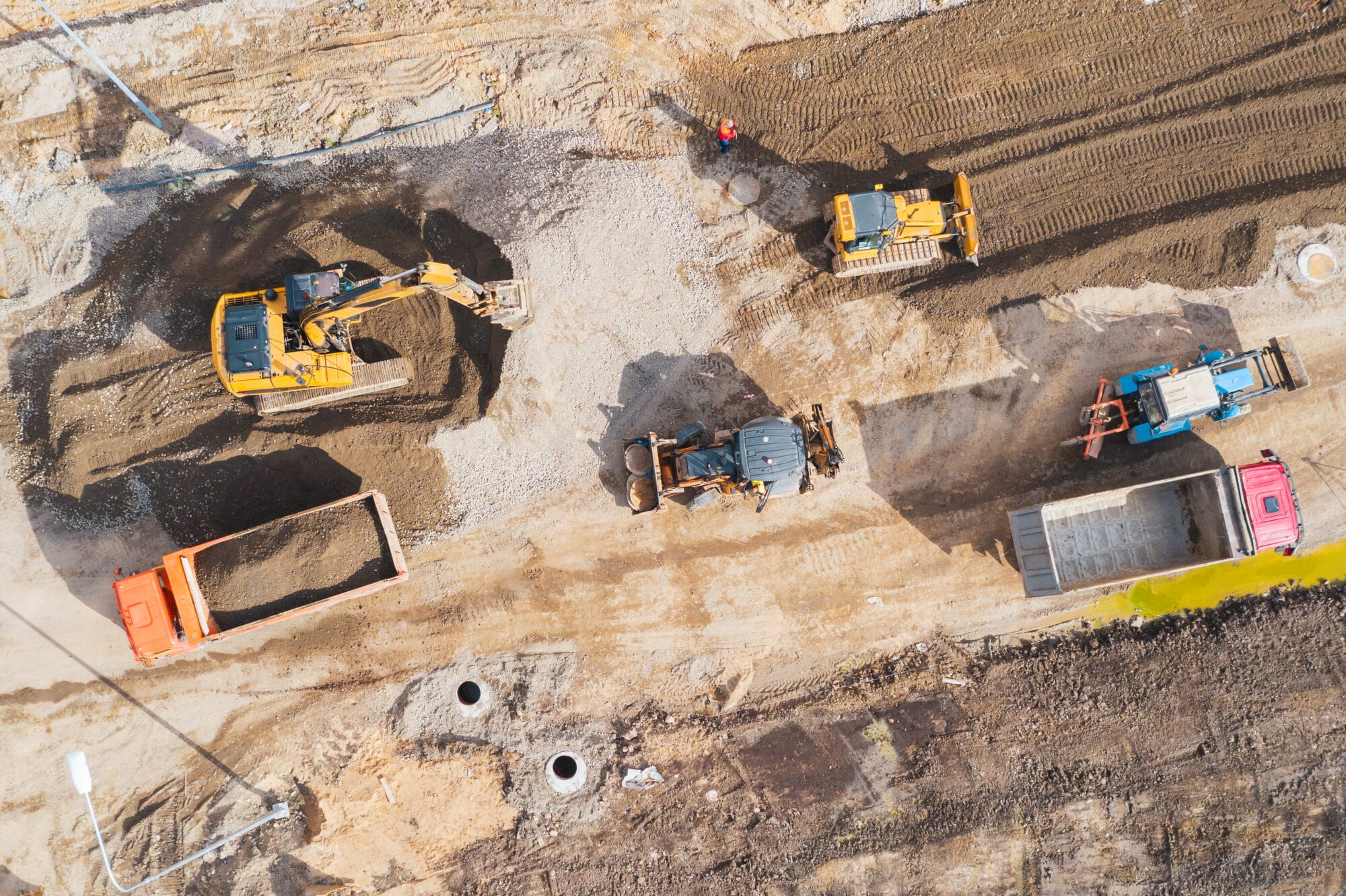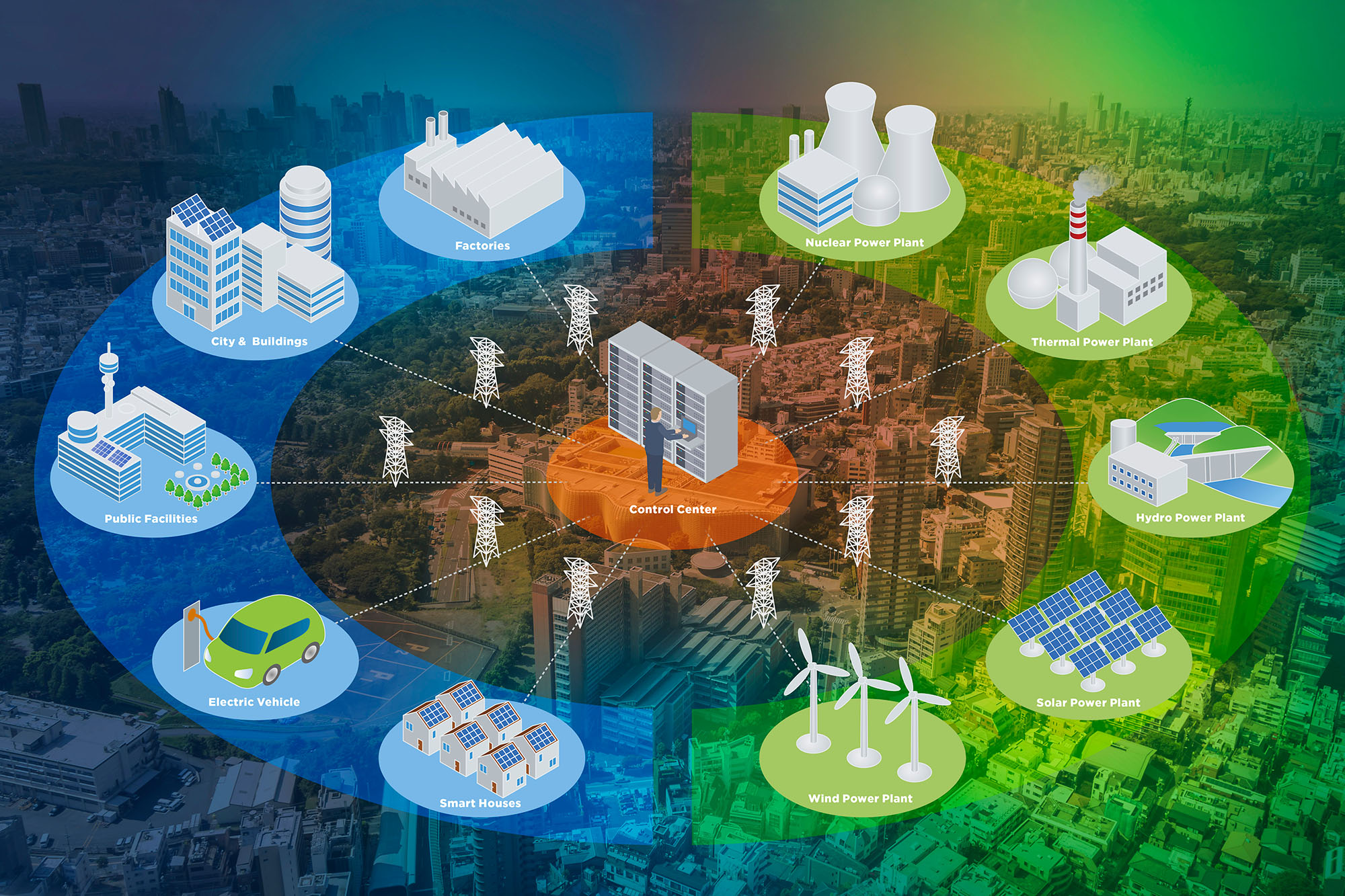The United States Environmental Protection Agency (U.S. EPA) released its latest version of the Environmental Justice Screening Tool (EJScreen) on June 26, 2023. EJScreen is currently at the forefront of federal efforts to identify potential disproportionate environmental burdens and communities with potential environmental justice (EJ) concerns.

Related Services
EJScreen 2.2 Updates Focus on Reporting, Data and Maps
The June 2023 update includes a newly overhauled reporting function. Specifically, the “Printable Standard Report” has been redesigned and renamed to the “EJScreen Community Report.” EJScreen2.2 no longer features American Community Survey, decennial Census and Centers for Disease Control reports. The new Community Report now features more demographic data from the Census including break down by race, languages spoken and gender. The Community Report also includes health, climate and critical service gap data.
Additionally, the Community Report includes a new environmental indicator and associated EJ/Supplemental Index for “Toxic Releases to Air.” For the remainder of EJScreen 2.2’s metrics, almost all data has been updated to the latest version of the same dataset or a new, different dataset. These updates to data and the addition of a new indicator suggest the U.S. EPA are dedicated to the continuation of EJScreen and will continue to invest effort into maintenance and development as time and funding permit. These changes are reflected in the following table.
Changes to Data from EJScreen Version 2.1 to 2.2
| Data | EJScreen Version | |
| 2.1 | 2.2 | |
| Census Bureau’s ACS | 2016-2020 5-year Summary | 2017-2021 5-year Summary |
| Ozone environmental indicator | 2018 (Summer seasonal average of daily maximum 8-hour concentration) | 2019 (Annual average of top ten daily maximum 8-hour air concentrations) |
| Toxic Releases to Air | Not Available | 2021 (RSEI modeled toxicity-weighted concentrations in air of TRI-listed chemicals) |
| Particulate Matter (PM) 2.5 | 2018 | 2019 |
| Diesel Particulate Matter | 2017 | 2018 |
| Air Toxics Cancer Risk | 2017 | 2018 |
| Air Toxics Respiratory Hazard Index | 2017 | 2018 |
| Traffic Proximity | 2019 | January 19, 2023 |
| Lead Paint | ACS 2016-2020 5-year Summary | 2017-2021 5-year Summary |
| Superfund Proximity | April 26, 2022 | November 11, 2022 |
| Risk Management Program Facility | April 26, 2022 | October 22, 2022 |
| Hazardous Waste Proximity | 2019 Biennial Reports | |
| Underground Storage Tanks | July 7, 2022 | February 2, 2023 |

EJScreen 2.2 also includes a slew of new map layers. These can be toggled on and off in the viewer and are reflected in the new Community Report.
New layers include the following:
- Cancer
- Persons with Disabilities
- Lack of Health Insurance
- Housing Burden
- Transportation Access
- Facility Compliance Status
- EPA IRA Disadvantaged Communities*

*This layer can be selected in the EJScreen mapping tool but is unavailable to be visualized at this time. U.S. EPA have no proposed release date.
EJScreen EJ Index
Increasingly, EJScreen’s EJ Index measures are used by federal and state agencies in the EJ review of projects. The EJ Index combines a single environmental factor with a demographic index capturing percentages of low-income populations and people of color. For funding determinations, the Supplemental Index may be used. The Supplemental Index uses an alternative demographic index that includes low-income, unemployment, limited English-speaking, high school education, and low life expectancy data. The measure provided a different perspective on community-level vulnerability than the EJ Index.
As EJScreen expands its own suite of included data, other tools are being developed by a variety of U.S. EPA offices. These tools often integrate EJScreen data with additional datasets in a fit-for-purpose way. U.S. EPA’s Enforcement and Compliance History Online (ECHO) combines information on regulated facilities with EJScreen data, allowing users streamlined EJ analysis in the context of these sites. Like EJScreen, ECHO also receives regular updates, including the ECHO Clean Air Tracking Tool (ECATT).
The Evolution of EJScreen

Following the issuance of the Executive Order 12898, Federal Actions to Address Environmental Justice in Minority Populations and Low-Income Populations, U.S. EPA began its efforts to identify and address EJ issues in American communities. EJScreen was first created in 2012 for internal use before being released to the public in 2015. Since then, EJScreen has seen updates with new data, changes to methodology and other additions, adapting the tool to ongoing discourse about environmental justice concerns. The April 2023 Executive Order 14096, Revitalizing Our Nation’s Commitment to Environmental Justice for All, is anticipated to lead to additional enhancements to EJScreen, as U.S. EPA seeks to align the tool with the Executive Order’s inclusion of “the cumulative impacts of environmental and other burdens” in its new EJ definition.
Today, EJScreen is used by other federal agencies, state and local governments, community groups and individuals, business organizations and academia (see Figure). These groups have found many uses for EJScreen, such as evaluating the suitability of a facility in specific location, routing and siting of projects with potential environmental impacts, and general understanding of the EJ-related concerns in one’s own community.
U.S. EPA has adapted to these uses, developing EJScreen concurrently with new, separate tools and strategies.
ECHO Clean Air Tracking Tool for EJ Characterization
Other tools and strategies, including ECHO, continue to be developed and give substance to the overall characterization of EJ in communities.
In June 2023, U.S. EPA released ECATT, an ECHO tool integrating facility, EJScreen and other ECHO data with new air monitoring station or emissions data. ECATT includes the Emission Screener and Air Monitoring Station (AMS) search, allowing users to gain insights from data concerning emissions, enforcement and compliance, EJ, AMS and modeled toxic risks. Communities now have access to an integrated tool that can be used to evaluate nearby air quality against EJ areas, emissions at stationary sources and compliance records within their communities.

The Emission Screener search provides data on stationary sources regulated under the Clean Air Act. These data are reported to several U.S. EPA air emission inventory programs:
- National Emissions Inventory
- Greenhouse Gas Reporting Program
- Toxics Release Inventory, and
- Clean Air Markets Division Acid Rain Program and Cross-State Air Pollution Rule.
The AMS search provides data about U.S. air monitoring stations that measure ambient or outdoor concentrations of Hazardous Air Pollutants and Criteria Air Pollutants. The search can be used to identify areas with high pollutant concentrations and higher potential for health impacts and identify the facilities emitting in those areas.
The AMS search also incorporates AirToxScreen modeled data so users can identify areas with elevated cancer risk or higher potential for other health impacts and compare those areas to nearby emissions concentrations measured by air monitors to identify potential risk hotspots. Users can screen facilities for further evaluation by identifying measured pollutant concentrations larger than the modeled amount.
How TRC Can Help
TRC is a full-service engineering design and environmental firm that develops and implements holistic and effective management process to support Environmental Justice issues and policies. Our team of experts provides leadership and solutions to comply with new regulations and achieve ongoing operational flexibility while improving relationships with community stakeholders. TRC guides our clients through the siting/routing, Environmental Justice outreach and permitting processes. Our integrated services include developing comprehensive public participation programs, modelling, monitoring, pollution control technology, economic analysis, engineering and compliance services to help our clients achieve their business objectives.
By identifying and addressing EJ-related concerns during the planning phase, a successful permitting process can be completed on-schedule.
To learn more about how the TRC team can help you please contact Diane Reilly, Director of Economics and Environmental Justice services at DReilly@trccompanies.com; or Jack DellaPenna, one of our Environmental Justice experts at JDellapenna@trccompanies.com.






























